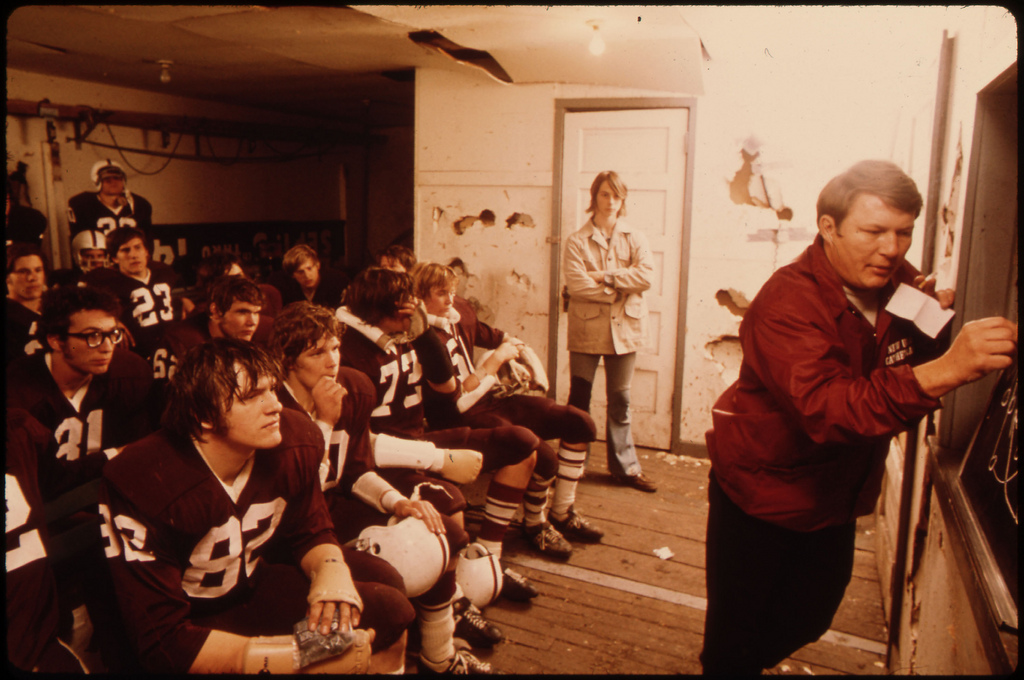Reports of U.S. "Krokodil" Epidemic Exaggerated

Breathless media claims about the stateside spread of a cut-rate heroin substitute known as “krokodil” may have been overblown, according to the Chicago Tribune. The drug is notorious for causing leathery skin lesions that can degenerate into gangrene. The lesions are caused by toxic byproducts of the synthesis of krokodil (desomorphine) from coedine, and maybe by residual traces of gasoline or other solvents used in the synthesis.
Despite a handful of highly publicized case reports, there is little firm evidence that krokodil is being widely sold in the United States. The drug got its name from the skin lesions that heavy users develop around their injection sites. However, skin lesions are a perennial risk for all kinds of injection drug users, and some U.S. reports of “krokodil” lesions in heroin addicts turn out to be ordinary infections mistaken for krokodil toxicity.
Krokodil caught on in Russia a decade ago because impoverished addicts were unable to afford heroin. Krokodil seems unlikely to catch on in the U.S. market because heroin is cheap and widely available.
[Photo credit: Melissa, Creative Commons.]








